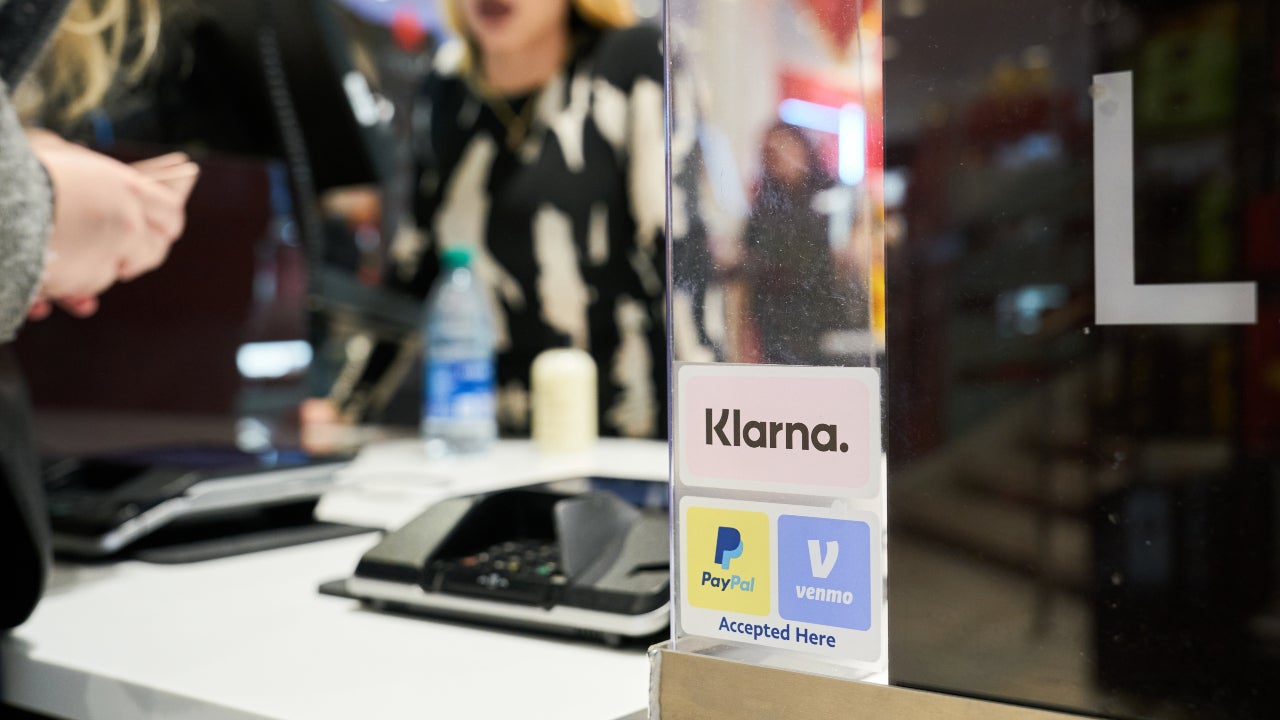You can use Buy Now, Pay Later (BNPL) for just about anything. Shopping online and in-person, big and small purchases, even your groceries and your takeout.
Now, imagine your lender seeing all this when you apply for credit. No big deal if you’ve been diligent about timely repayment, but it’s another story if you’ve fallen behind or defaulted.
Previously unreported to (and thus unseen by) prospective lenders, BNPL activity is making its way to credit reports. More and more providers share BNPL data with credit bureaus, and new scoring models are in the works to allow this data to influence credit scores.
If you’re a little BNPL-happy and have been paying-in-four for everything from Amazon purchases to tacos on DoorDash, these developments are worth giving some thought to. That’s because your future lenders could potentially factor your usage of BNPL into whether or not to approve you for a loan or new credit card.
I spoke with Rod Griffin, senior director of consumer education and advocacy for Experian, and Can Arkali, senior director of predictive analysis at FICO, about the implementation of BNPL data into credit reporting and scoring. Here’s what you need to know about BNPL on your credit reports and its influence on your credit.
BNPL is making its way to your credit reports
For a long time, BNPL loans have existed in a credit limbo. Many providers only require a soft credit check and, until recently, haven’t reported payment history to the credit bureaus. This means such loans are relatively easy to get approved for, but they offer no credit benefits. BNPL usage (even significant usage) goes unreported, unless it results in a default.
Last year, the Consumer Financial Protection Bureau (CFPB) ruled that BNPL providers should be treated like credit card issuers — and offer the same legal protections and rights to consumers. This prompted a lawsuit from the Financial Trade Association. Now, with the CFPB’s fate up in the air, the Bureau said in a court filing it would revoke the rule.
Despite the CFPB uncertainty, some of the major BNPL lenders are already moving in this direction and collaborating with the credit bureaus.
Affirm
One of the major BNPL companies, Affirm now reports all its pay-over-time plans to Experian and TransUnion. This includes Pay-in-4 plans, in addition to the existing reporting of longer-term loans.
For now, this information will only be visible to you. However, according to Affirm, as more BNPL providers report account information to the credit bureaus, lenders who request Experian or TransUnion credit reports will also be able to see consumers’ pay-over-time history.
Klarna
Klarna, another popular BNPL provider, also reports to TransUnion now. But those who use Klarna to pay for their DoorDash or Instacart orders don’t have to worry about credit reporting just yet. Currently, only Monthly Pay over time loans are reported, according to Klarna. Pay in 4 payments and Pay in 30 payments products won’t make their way to credit reports — at least for now.
With the two companies actively working with the credit bureaus, it’s safe to assume that it’s a matter of time when more will follow suit.
“While we generally cannot comment on the reporting practices of specific Experian clients, we can confirm Affirm is not the only BNPL provider reporting pay-over-time payment activity to Experian, and we are in active conversations with leading BNPL providers to expand the reporting of this information,” Griffin says.
Does BNPL impact your credit?
With BNPL data slowly creeping into your credit reports, what exactly does it change for you?
Not much — for now.
“The recent BNPL credit report additions… only show up for consumers’ own education,” Ted Rossman, senior industry analyst at Bankrate, explains. “Lenders can’t see this information. So it’s not affecting credit scores or lending decisions at the moment.”
The credit reporting industry moves slowly. Right now, we’re seeing it starting to overcome the first hurdle, which is including BNPL in credit reports in the first place. Griffin says that when more leading BNPL providers begin reporting to Experian, this information will become available to lenders. However, he doesn’t mention any timeframes.
Another hurdle is implementing the BNPL data into credit scores. Currently, the most commonly used scoring models aren’t designed with BNPL in mind, Griffin says.
“What makes BNPL different from more traditional credit products is both the frequency and duration of these loans,” says Arkali. “BNPL loans can have terms of as little as six weeks, and consumers can open a large number of these loans within a short period of time.”
FICO developed a proprietary treatment of BNPL data that allows lenders to incorporate BNPL data into their credit evaluation process. The company is now working on a solution to introduce this treatment to the credit-scoring marketplace.
Incorporating BNPL data into lender credit scoring can help drive more accurate lending decisions, Arkali says. Additionally, it can allow lenders to evaluate consumers with limited to no traditional credit experience.
The final hurdle is implementation. It takes time for a credit scoring model to become commonly used. FICO 8 is still the most widely used version, according to FICO. It was introduced in 2009. The company has released several scoring products since then, but it’s up to lenders if or when they upgrade to a later model. The process can take years, as was the case with FICO 8. This is especially true for highly regulated industries, such as mortgage lending.
Still, don’t take it as a sign to throw caution to the wind when using BNPL. Perhaps lenders won’t see any of your pay-in-4 loans yet, but BNPL can still affect your credit — and not in a positive way.
Be smart with your BNPL purchases
Your credit score won’t be impacted in any way as long as you make your BNPL payments on time. Even a couple of late payments might not be an issue if you catch up. After all, your future lenders won’t see them just yet.
However, if you default on a BNPL loan, your account will likely be sent to collections. This, in turn, will appear as a negative item on your credit reports, resulting in a score decrease. Since payment history is the most influential credit score factor, that decrease can be significant.
Sadly, it’s all too easy to get carried away with BNPL. Almost one in four (24 percent) of the U.S. adults who used a BNPL service say they spent more than they should have, according to Bankrate’s Buy Now, Pay Later Survey. Further, 16 percent reported missing a payment.
To avoid any negative consequences from using BNPL, be it to your credit or your budget, stay responsible by:
- Avoiding instant gratification: Let the purchase wait for at least a week to ensure you’re not impulse-buying.
- Considering other options: For example, a 0 percent APR credit card can provide a much longer timeframe to pay off your purchase without interest.
- Creating a repayment plan: If you do decide to sign up for a BNPL plan, determine how it would fit into your budget. You’re adding to your debt — see if you’ll need to cut down on any other expenses to pay it off. Make sure your plan is realistic and won’t put you in a tough spot financially.
- Reading the fine print: Always understand what you’re signing up for, including any interest and fees.
The bottom line
While BNPL accounts slowly but surely make their way into your credit reports, it will most likely take time for this type of loan to show up for your lenders or directly impact your scores. Still, you want to be careful using BNPL. If you notice you stack too many such loans, you might have an issue on your hands — whether or not your future lenders will see it.
Read the full article here
















